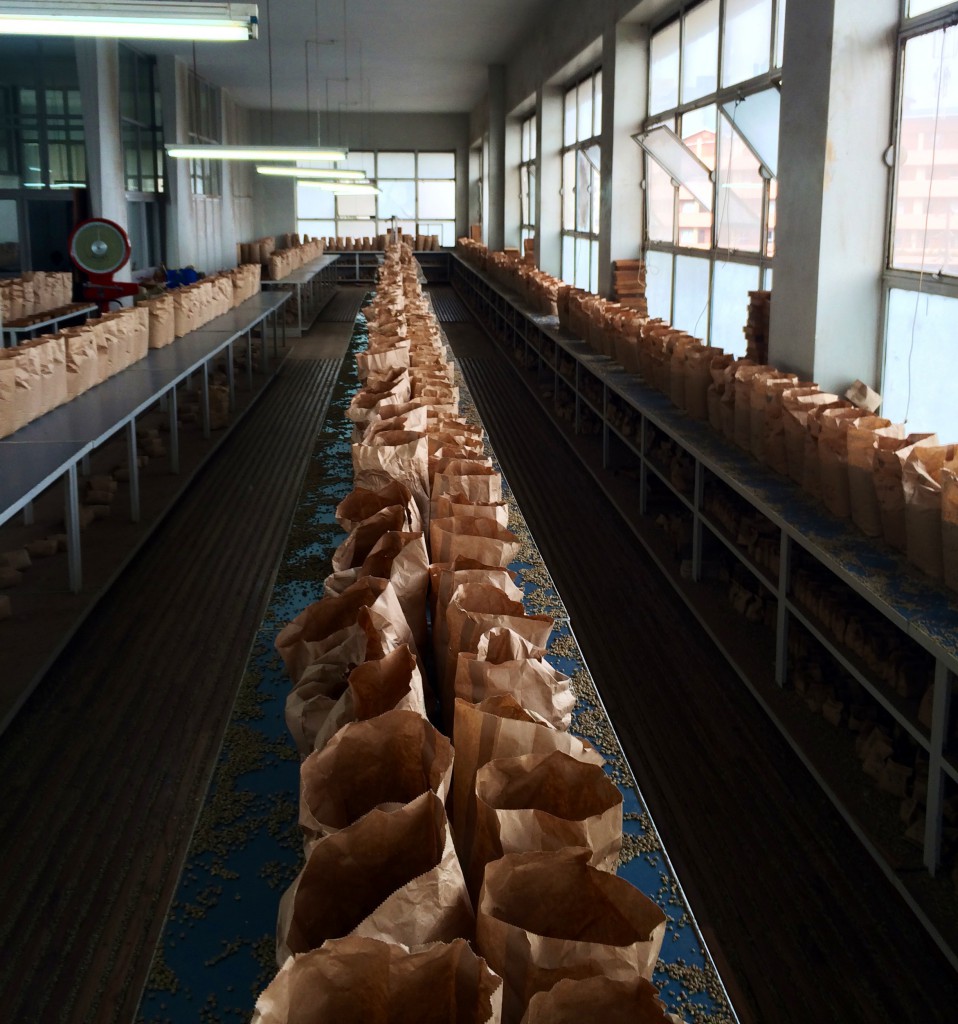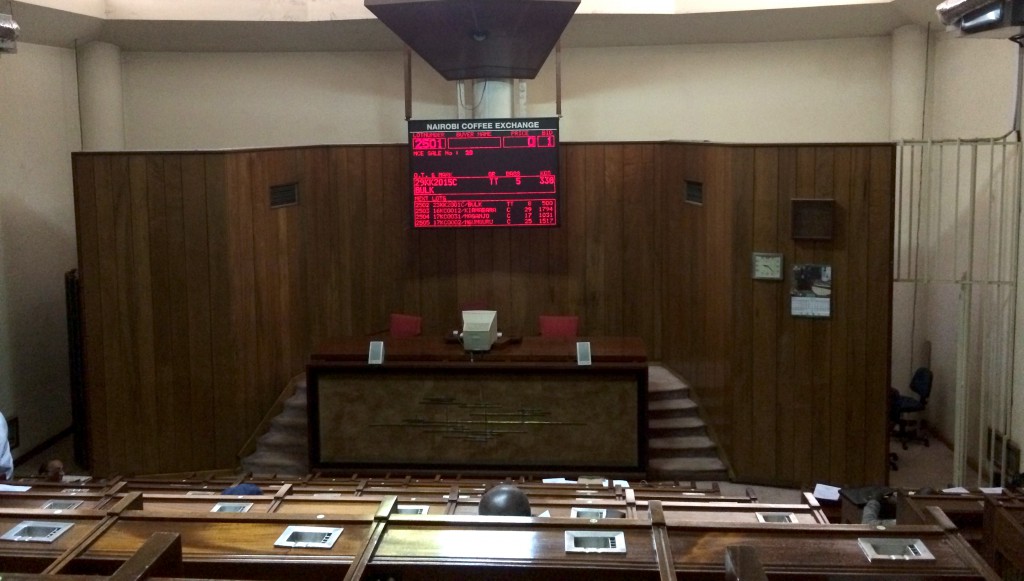Green Gold to Black Gold – The Nairobi Coffee Exchange
17 December 2014 | East Africa Travel | Steve Mitchell

Kenyan coffee. Well balanced, medium bodied.
Just the very mention of one of the country’s finest exports conjures up images of a fresh cup, and for me, that unmistakable aroma which so often surpasses even the taste – a smell so comforting, so wholesome, it gets you up in the morning, or adds renewed vigour to your day.
Often regarded amongst the finest in the world, how Kenyan coffee ends up in your cup is a fascinating story in itself. In a country where as much as 70% is produced by small-scale farmers, the potential exists for large, dominant intermediaries to take advantage of these small producers. And of course these big players would more than likely sidestep the pressures and conscious of fair-trade.
However, this hasn’t happened in Kenya, which in fact enjoys a distribution system that is widely regarded and respected the world over. The pivotal funnel through which all coffee must pass is the Nairobi Coffee Exchange where a weekly coffee auction is held, thus creating a transparent market for all.
The role of this auction in determining a fair price for the co-operatives and the farmers themselves cannot be underestimated, as only a tiny fraction of what one typically pays for a cup goes to the producers: even with auction prices of US$400 per 50kg’s (a good price for top-of-the-crop AA bean), that’s only 24 US cents for the actual coffee in a cup.
The auction itself is a fascinating event, for many reasons, but not for the theatre and drama typically associated with boisterous trading houses. There is no shouting or yelling across the floor, or last minute drama after the bell. Instead, it is a computerized system filled with electronic bleeps straight out of Star Trek – and a tribute to Kenyan ordinance and governance.
Educated, professional buyers buy lots from registered agents with no allowance for side deals and very few disputes – the Exchange keeps a small sample of each lot on offer, and buyers have enough time to peruse them prior to bidding, in a sample room upstairs.
Even the grading of the beans themselves is not open to interpretation; Kenya’s approach is to only grade the beans on size, and then let the market decide the value of the differences in quality – export-quality AA beans are perfectly formed, surprisingly heavy for their size, and as a novice, you’d be hard-pressed to tell the fine differences between US$ 300 and US$ 400 crops.
Visiting the Exchange provides a fascinating insight into one of the largest traded commodities in the world, a snapshot view into the merchant dealing of days gone by, and is a fine example of what Kenya does right. But it’s an uncompromising affair, rammed home nowhere more so than how coffee is served to its visitors – straight up, loaded with sugar.
Postscript: If you’d like to visit the Nairobi Coffee Exchange and learn more about Kenyan coffee, it is open to the general public and operates every Tuesday from August through July.





